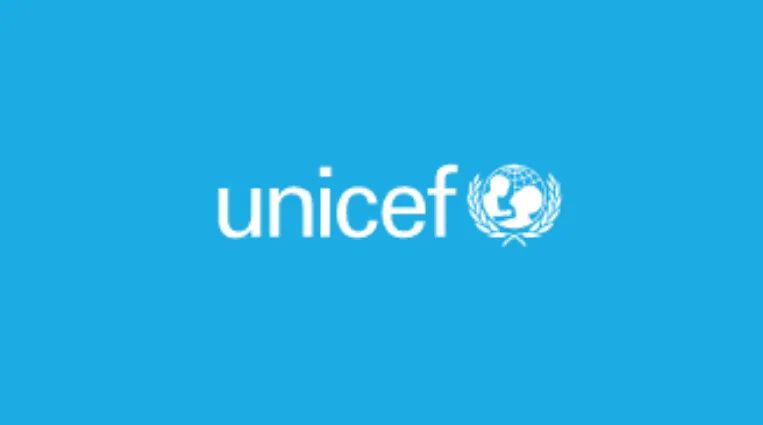UNICEF Myanmar Humanitarian Situation Report #6 (January-June 2019)
19 July 2019

Highlights
• Mid-way through 2019, UNICEF has provided hygiene kits or hygiene items to nearly 306,000 people and provided sustained access to safe water to over 105,000 people, and education support to over 24,000 children between 3-17 years.
• As of the end of June, UNICEF has provided treatment for severe acute malnutrition to nearly 2,000 children between 6-59 months, helped to vaccinate nearly 5,000 children 9-18 months against measles, and provided psychosocial support to nearly 32,500 people.
• While access to several areas of Rakhine state is gradually improving, it is still not being granted to the full state. Despite this, UNICEF, UNHCR, UNFPA, and Malteser International, have successfully carried out needs identification missions to 19 new displacement sites in Buthidaung and Rathedaung Townships and delivered humanitarian assistance in 17 sites reaching nearly 5,000 people.
• Despite the generous contribution of donors thus far, mid-way through the year UNICEF Myanmar remains with a funding gap of 66 percent(US$38.9 million), impacting the ability to fully reach children in need of life-saving and life-sustaining humanitarian assistance.
SITUATION IN NUMBERS
19 July 2019
460,788 # of children in need of humanitarian assistance (HNO 2019)
Kachin: 71,150
Kayin: 4,475
Rakhine: 364,767
Shan: 20,396
941,351 # of people in need (HNO 2019)
UNICEF Appeal 2019
US$ 59 million
Situation Overview & Humanitarian Needs
Kachin and Shan States
The humanitarian landscape in the northeast region remains characterized by the consequences of conflict, landmines and explosive remnants of war (ERWs); This year there have been 63 total documented landmine incidents and 99 total associated casualties across the country. One out of every four casualties of landmine incidents in Myanmar is a child. A total of 21 incidents have occurred in northern Shan State thus far in 2019, injuring 31 people of which 13 were children, and killing 12 people of whom six were children. Mine incidents across Shan State accounted for 32 percent of total incidents and 43 percent of total casualties in the country. Kachin State accounts for 24 percent of landmine-associated injuries and deaths and 24 percent of incidents countrywide in 2019.
Concomitant with the ceasefire,there has been no reported displacementin Kachin State since November 2018. Instead, humanitarian agencies continue to receive requests from theGovernment to support small scale returns of existing IDPs.
A 2019 survey of Kachin State IDPs, organized by the Office of the United Nations High Commissioner for Refugees (UNHCR) and its partners, has found that most IDPs have strong preferences to return home, with 65 percent of respondents reporting intent to return home if and when they leave the camps. The total number of displaced in the state has fluctuated but remains over 97,000 with people sheltering at 136 camps or camp-like settings; of these nearly 40,000 (41 percent) are in non-government-controlled areas.
UNICEF and other humanitarian actors continue to have difficulty accessing different population groups for assessment and response activities in Kachin State. OCHA estimates that during the first half of June, 36 percent of the affected people were not reached with services or reached with difficulties, especially in areas not under government control. Overall, humanitarian access appears to have deteriorated in the months coinciding with the ceasefire when compared to the last 24 months.
Reportedly, in June, 50 households moved to Nan Sa Yang village in Kachin State. The total number of returnees remains small and movements are generally uncoordinated and often to places that are still considered unsafe due to landmine contamination or proximity to military establishments. Humanitarian agencies struggle to respond to such cases because they have not been involved in the returnee process and are unable to verify the principles guiding the returns.
In December of 2018, the Myanmar Army or Tatmadaw declared a uniliteral ceasefire with ethnic armed organizations (EAOs) lasting in five military operation areas including northern Shan and Kachin States. The ceasefire has been extended twice and is now effective until 31 August.
Though incidence of fighting has dropped significantly, particularly in Kachin State, there has been fighting between the EAOs, and in some cases with the military in the first six months of the year.
Download full report here.
Announcements
28 February 2025
Asian NGO Network on National Human Rights Institutions , CSO Working Group on Independent National Human Rights Institution (Burma/Myanmar)
Open letter: Removal of the membership of the dis-accredited Myanmar National Human Rights Commission from the Southeast Asia National Human Rights Institution Forum

Progressive Voice is a participatory rights-based policy research and advocacy organization rooted in civil society, that maintains strong networks and relationships with grassroots organizations and community-based organizations throughout Myanmar. It acts as a bridge to the international community and international policymakers by amplifying voices from the ground, and advocating for a rights-based policy narrative.